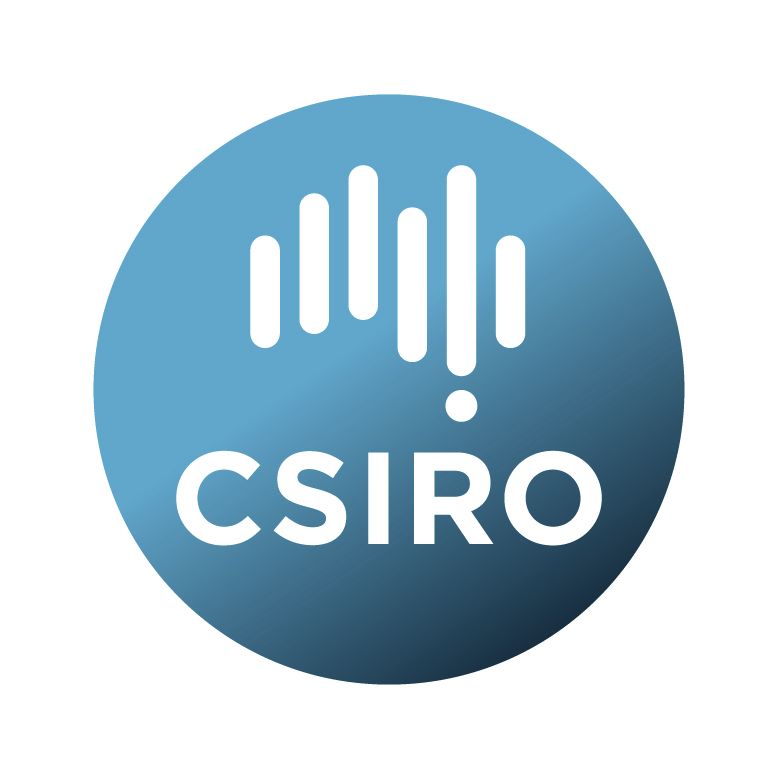Brief description
WildScenes is a large-scale 2D and 3D semantic segmentation dataset containing both labelled images and lidar point clouds, in natural environments. The data was collected from two natural environments in Brisbane, Australia across multiple revisits. Our release includes 2D images, 2D annotated images, 3D point cloud submaps, 3D annotated point cloud submaps, alongside accurate 6-DoF poses.Lineage: The data was collected using a handheld sensor payload consisting of a spinning lidar sensor mounted at an angle of 45 degrees to maximise the field of view, a motor, encoder, an IMU, and four cameras. For each collected sequence we use the Wildcat slam system to create an accurate 6DoF estimation of the pose of the sensor and to process the lidar data into a globally registered map, from which we produce our submaps. The images we collected were manually annotated with per-pixel annotations and label transfer, using Paintcloud, was used to project 2D annotations into our 3D lidar maps.
Available: 2024-09-25
Data time period: 2021-06-11 to 2021-12-14
Subjects
AI |
Artificial Intelligence |
Artificial Intelligence Not Elsewhere Classified |
Autonomous Vehicle Systems |
Control Engineering, Mechatronics and Robotics |
Dataset |
Engineering |
Information and Computing Sciences |
Images |
Lidar |
Machine Learning |
Machine Learning |
Machine Learning Not Elsewhere Classified |
Natural |
Robotics |
Semantic Segmentation |
User Contributed Tags
Login to tag this record with meaningful keywords to make it easier to discover


